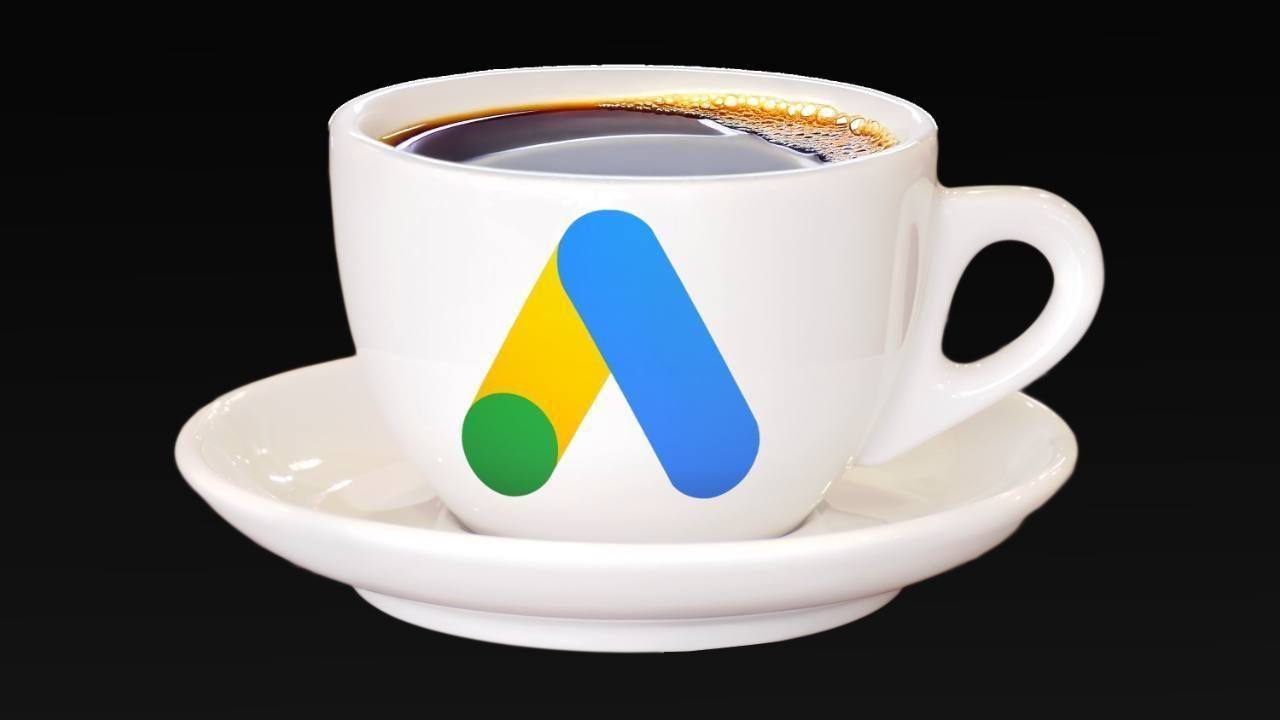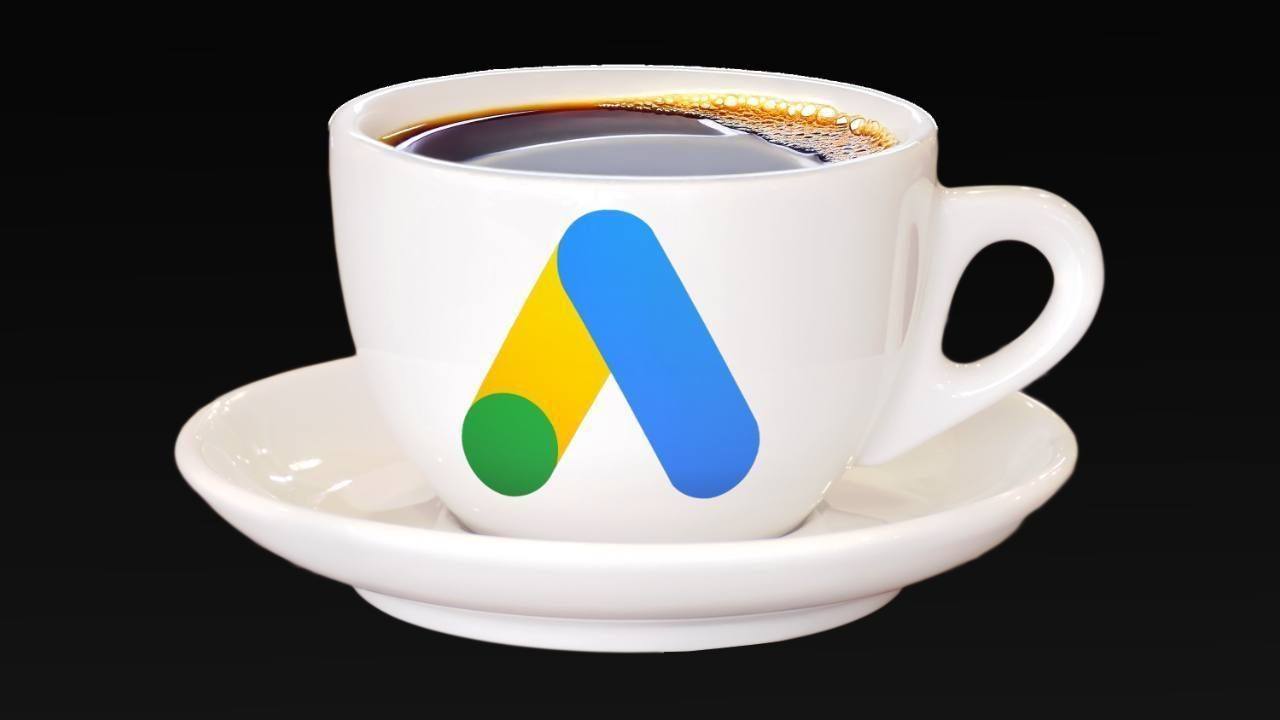Latest Google Ads Updates from GML 2025: What Business Owners Need to Know
🚀 Join Me Online: Take Your E-commerce Strategy to the Next Level!
I'm excited to be speaking at Channable’s “Next Level E-commerce” webinar – a must-attend event for marketers and e-commerce pros ready to scale smarter, not harder.
🗓 When: June 11, 2025
🎯 Why attend? You'll learn powerful strategies to:
-
Streamline your product feeds
-
Supercharge your ad performance
-
Stay ahead of the digital commerce curve


Google Marketing Live 2025 (GML 2025) has wrapped up, and with it came a wave of updates, announcements, and AI-powered promises.
But here’s the truth: If you're a business owner or marketer, you're not here for the hype.
You're asking:
-
How will these Google Ads updates affect my business?
-
Will they help me get more leads or sales?
-
Do I need to change anything in my current Google Ads strategy?
This post gives you a straightforward breakdown of the latest Google Ads changes from GML 2025 and exactly how they impact your campaigns.
Google’s Core Message at GML 2025: “Our AI Advantage is Your Business Advantage”
This was the major theme throughout GML 2025.
And while it sounds like typical marketing spin, Google’s latest model—Gemini 2.5—may actually back it up. It’s now outperforming competitors on key AI benchmarks.
This means:
-
Faster, more accurate ad targeting
-
Improved prediction of user intent
-
Smarter automation across Search, Shopping, YouTube, and Discovery
However, this doesn’t mean you can set your Google Ads campaigns on autopilot.
AI alone won’t fix poor campaign structure, weak creative, or bad landing pages.
Before You Get Excited About “27% More Conversions”
One stat from the event that’s already being pushed by Google reps:
“Brands like Volvo are already using AI Max and seeing up to 27% more conversions.”
This is technically true, but here’s what you need to know:
-
These are beta test campaigns with large budgets (often $10k+/month)
-
In some cases, Google funds the ad spend for these trials
-
No breakdown is provided for business vertical, spend level, or conversion type
So while these results are promising, they may not be relevant to your specific niche or budget level.
If a Google Ads rep recommends AI Max based on stats like this, ask for:
“2 to 3 case studies from businesses in my industry, with similar budget ranges.”
Always make data-driven decisions, not hype-driven ones.
Two Key Google Ads Updates Every Marketer Should Understand
After reviewing everything released at GML 2025, here are the two biggest takeaways you need to apply in your Google Ads account:
1. The “Power Pack” Campaign Structure
Google is now promoting a new recommended setup called the Power Pack, which includes:
-
Performance Max
-
AI Max for Search
-
Demand Gen
This replaces the older “Power Pair” (Search + PMAX). But is it right for your business?
Here’s what you need to know:
If you're a lead generation or service-based business, who has not seen success with Broad Match keywords:
Hold off. There’s not enough data to justify switching fully to the Power Pack model.
If you're an eCommerce business (or have seen success with broad match keywords)
There’s potential. Start by testing AI Max in a separate Search campaign before fully transitioning.
This structure aligns with a proven approach I call the Bottom-Up Funnel, where you:
-
Begin with Search or Search + Shopping
-
Scale based on performance
-
Layer in broader campaigns like Performance Max and Demand Gen as you gather data
Bottom line: Don’t overhaul your entire strategy overnight. Test and scale based on results.
2. Demand Gen and YouTube Ads Are Becoming Essential
Google made it clear: Demand Gen is now a required campaign type for most businesses, not just eCommerce.
Here’s why:
-
YouTube Shorts is attracting a unique audience:
-
45% aren’t on TikTok
-
65% aren’t on Instagram Reels
-
Shoppable Ads are now being rolled out to YouTube Shorts
Initially, I wasn’t a fan of Demand Gen. But today, it’s one of my most valuable campaign types. Why? Because it gives:
-
Greater control over placements and audiences
-
New tools to exclude past customers
-
Brand attribution features to track top-of-funnel impact
If you’re serious about scaling, this is no longer optional.
What This Means for Your Google Ads Strategy
More automation is coming. But automated campaigns still need manual strategy to work.
Here are three rules to guide your post-GML 2025 approach:
1. Master the Fundamentals First
Before testing AI Max or Demand Gen, ensure you’ve nailed:
-
Account structure
-
Conversion tracking
-
High-converting ad copy and landing pages
2. Use AI Campaigns to Scale, Not Start
Don’t use Performance Max or Demand Gen until you’ve proven:
-
Which keywords and audiences convert
-
That your offers are aligned with user intent
3. Test Smart, Don’t Follow Hype
Each new feature is a tool, not a strategy. Make data-driven decisions.
Free Resource: Updated Google Ads Optimization Checklist
To help you implement these changes, I’ve updated my Google Ads Optimization Checklist.
This guide includes optimization actions for:
-
Search campaigns
-
Shopping
-
Performance Max
-
Demand Gen
-
Video & Display
Final Thoughts
GML 2025 shows that Google Ads is evolving fast, but it’s not about chasing the newest campaign type.
It’s about understanding how each piece fits into a profitable funnel, and scaling only once you’ve validated your foundation.
As new tools like the Creator Partnerships Hub and Asset Studio roll out later this year, I’ll continue sharing breakdowns and tutorials to help you stay ahead.
Until then:
-
Review your campaign structure
-
Start testing new formats intentionally
-
Focus on what actually moves the needle: conversions, not clicks
Have a great week,
Aaron

- Monday 9th June, 8pm AEST: Latest Google Ads Updates [My GML 25 Wrap-Up]
- Wednesday 11th June, 8pm AEST: GML Updates What it means for businesses [Interview with Frederick from Optymzr]
Head Over To My YouTube Channel 👇
|

[LIVE MASTERCLASS + Q&A]
Optimisation Checklist Update | Aaron Young 💻
Wednesday, 11th, June, 2025, 10:00 AM (AEST)
Wednesday, 11th, June, 2025 1:00 AM (GMT)
Tuesday, 10th June, 2025, 5:00 PM (PT)




